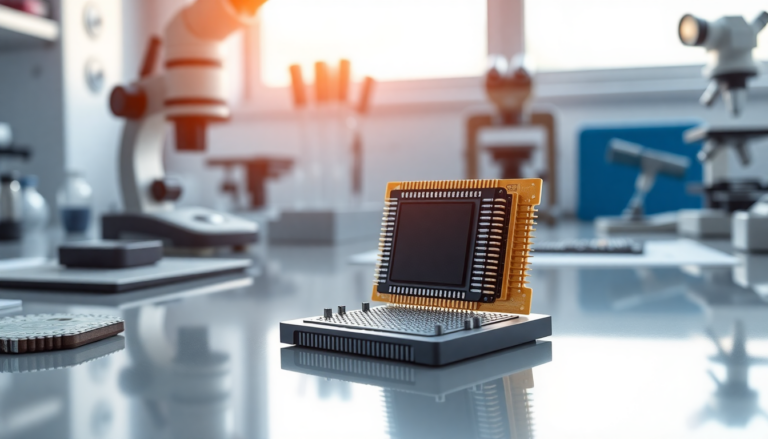Argomenti trattati
Introduction to NEO’s game-changing memory technology
NEO Semiconductor is making headlines once again with its latest announcement aimed at revolutionizing the memory landscape. The company has introduced two innovative 3D X-DRAM cell designs, known as 1T1C and 3T0C. These cutting-edge technologies promise to offer a staggering tenfold increase in capacity compared to traditional DRAM modules. It’s an exciting development that could lead to significant advancements in memory storage and performance.
Understanding the 3D X-DRAM cell designs
At the heart of NEO’s new technology are the one-transistor-one-capacitor (1T1C) and three-transistor-zero-capacitor (3T0C) designs. These configurations are set to bring forth proof-of-concept test chips by 2026, showcasing their capability to hold an impressive 512 Gb (64 GB) on a single module. This represents at least ten times more capacity than what is currently available on the market. Such a leap in storage potential could redefine how we think about memory in computing devices.
Performance metrics of the new designs
NEO’s test simulations have revealed impressive performance metrics, boasting a read/write speed of just 10 nanoseconds and a retention time exceeding nine minutes. These figures place NEO’s technology at the forefront of current DRAM capabilities, potentially setting new standards for memory speed and efficiency.
Innovative materials behind the design
The new memory cells are constructed using indium gallium zinc oxide (IGZO), a material typically associated with display technology. This choice of material allows for a 3D NAND-like stacked design, which not only enhances capacity but also improves throughput while maintaining power efficiency. Such advancements demonstrate NEO’s commitment to pushing the boundaries of memory technology.
Manufacturing advantages and industry implications
One of the most promising aspects of NEO’s new designs is the potential for easy integration into existing manufacturing facilities. By modifying current 3D NAND processes, NEO hopes to streamline the transition to these new memory technologies. This adaptability could lead to a faster rollout of the new memory solutions across various sectors.
Industry response and the future of memory technology
Andy Hsu, the CEO of NEO Semiconductor, expressed confidence in the transformative potential of the 1T1C and 3T0C designs. He stated, “With the introduction of the 1T1C and 3T0C 3D X-DRAM, we are redefining what’s possible in memory technology.” While the enthusiasm from company leadership is expected, many industry experts recognize the substantial potential these designs have to disrupt the current DRAM market.
Competitive landscape in memory technology
As NEO Semiconductor prepares to present its advancements at the IEEE IMW conference, it faces competition from other emerging technologies, such as DRAM+ based on FeRAM, and established players like SK hynix, which continue to develop larger standard DRAM modules. The introduction of 512 Gb modules by NEO is certainly eye-catching, making it a key player in the ongoing evolution of memory solutions.
Conclusion
NEO Semiconductor’s announcement of the 3D X-DRAM technology marks a pivotal moment in the memory technology landscape. With its potential for massive capacity and speed improvements, the 1T1C and 3T0C designs could lead to a new era in data storage. As the industry watches closely, the impact of these innovations on computing and technology as a whole may be profound.

